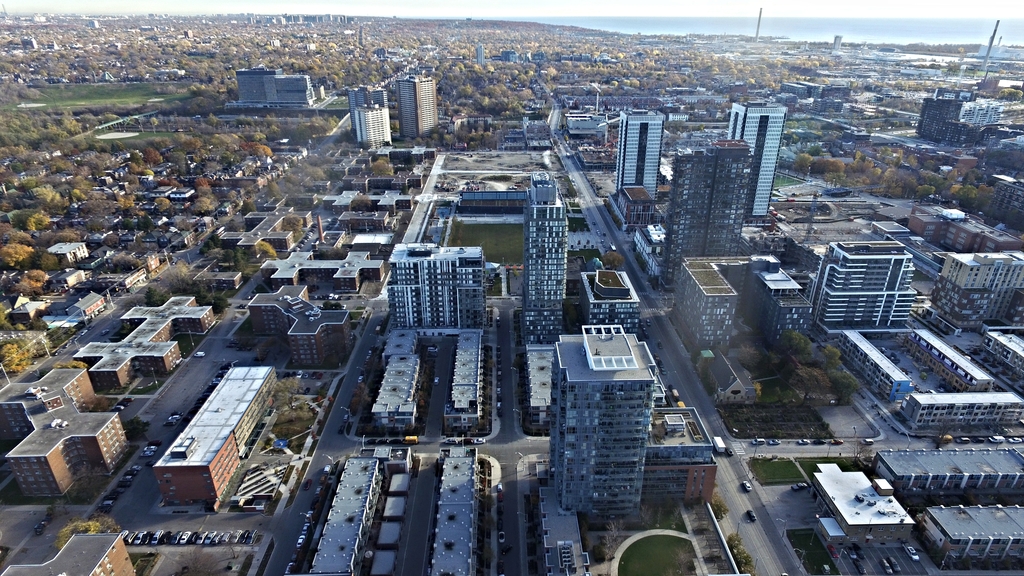The increase in homelessness was seen as related to deinstitutionalization.
[8][9][10] Studies from the late 1980s indicated that one-third to one-half of homeless people had severe psychiatric disorders, often co-occurring with
substance abuse.
[11][12]
A process of indirect
cost-shifting may have led to a form of "re-institutionalization" through the
increased use of jail detention for those with mental disorders deemed unmanageable and noncompliant.
[13][14] When laws were enacted requiring communities to take more responsibility for mental health care, necessary funding was often absent, and jail became the default option,
[15] being cheaper than psychiatric care.
[13]
In summer 2009, author and columnist
Heather Mac Donald stated in
City Journal, "jails have become society's primary mental institutions, though few have the funding or expertise to carry out that role properly... at Rikers, 28 percent of the inmates require mental health services, a number that rises each year."
[16]











